Targeted Sms Campaigns: Best Practices for Maximum ROI
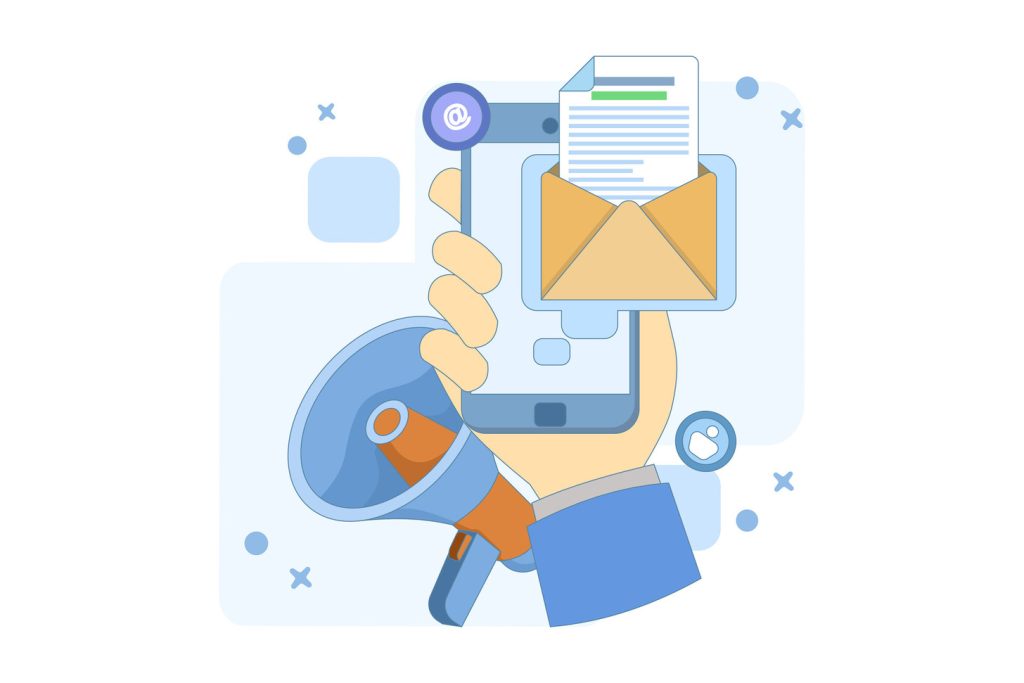
Modern companies need marketing strategies that cut through digital noise, and targeted SMS campaigns are a powerful way to achieve that. Text message outreach stands out with a 98% open rate, ensuring messages reach people instantly. Unlike emails that linger in crowded inboxes, texts grab attention and prompt immediate decisions—from purchases to event sign-ups.
The 160-character limit demands sharp, action-focused communication. This constraint pushes brands to prioritize clarity over fluff, driving higher engagement. Studies show text-based outreach generates 3x more conversions than email, making it a smart option for revenue growth.
Successful strategies blend automation with human-centric design. Segmentation ensures messages align with customer preferences, while compliance safeguards brand reputation. When integrated with email, website, or social media efforts, texts create unified customer journeys that boost long-term loyalty and retention.
Key Takeaways
- Text messages achieve near-universal open rates within minutes of delivery
- Concise, action-driven content outperforms lengthy marketing copy
- Automated segmentation increases relevance and response rates
- Cross-channel integration strengthens overall marketing impact
- Compliance with regulations builds trust and sustains campaign success
Introduction to Targeted SMS Campaigns
Mobile devices dominate daily communication, creating unmatched opportunities for direct brand engagement. With 96% of Americans owning cellphones, concise text messages bypass crowded email inboxes and social feeds. This immediacy reshapes how companies connect with audiences.
Core Principles of Mobile-First Outreach
SMS marketing delivers brief updates, promotions, and alerts directly to phones. Messages arrive without filters or delays – 45% of recipients respond within minutes. Unlike email’s 20% average open rate, texts achieve near-universal visibility.
“98% of mobile users read texts within 3 minutes of receipt, driving 8x faster responses than email,”
The 160-character limit forces precision. Brands must prioritize urgency and clear next steps. A clothing retailer might send: “Final hours! 50% off summer styles – shop now before sizes disappear.”
Meeting Modern Communication Demands
Consumers expect real-time interactions. Appointment reminders, flash sales, and shipping updates thrive through messaging systems. Integration with CRM platforms enables personalized outreach using purchase history, location data, or even the customer’s name.
- 24/7 message accessibility increases customer satisfaction
- Automated triggers send relevant offers during peak buying times
- Two-way conversations resolve issues faster than call centers
Combining texts with email nurtures relationships across channels. A travel agency could email destination guides followed by limited-time flight deals via SMS. This layered approach boosts conversion rates by 37% compared to single-channel efforts.
Benefits of SMS Marketing for ROI
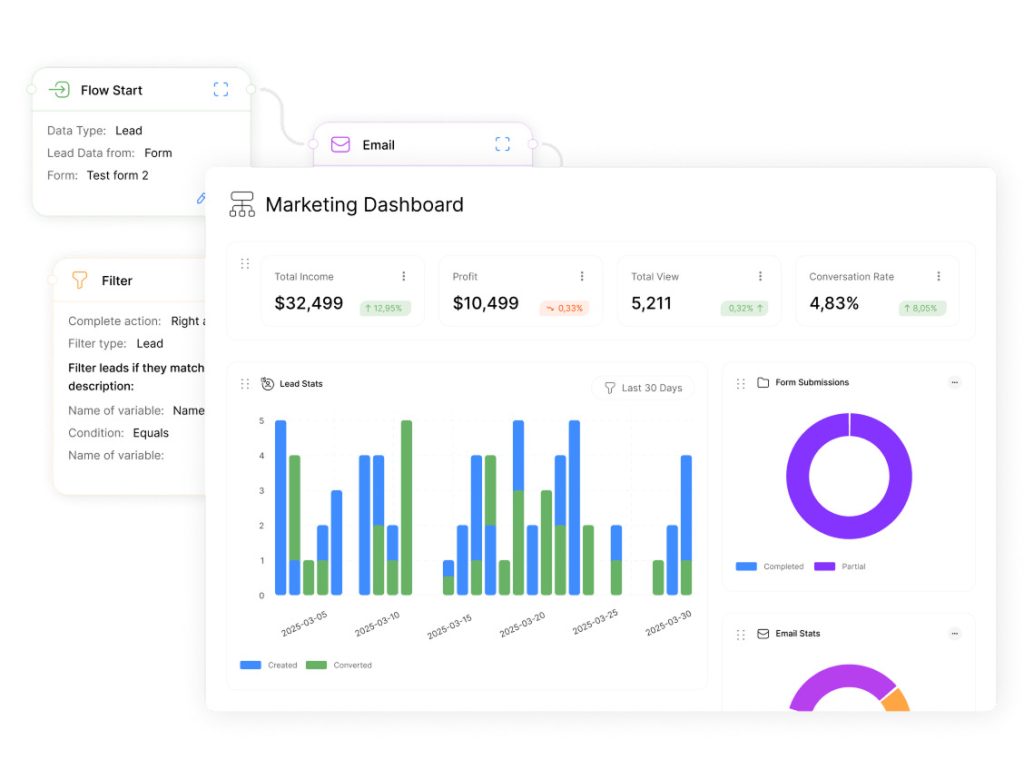
Businesses seeking measurable returns find text-based strategies deliver unmatched results. With 98% of messages opened within minutes, SMS marketing creates direct pathways to customer attention that traditional channels can’t match. This immediacy translates into tangible revenue growth through focused, actionable communication.
High Engagement and Open Rates
Text messages achieve 45% faster response times than email, according to recent industry analysis. Unlike crowded inboxes or social feeds, mobile alerts reach users in real time – 90% are read within three minutes. A restaurant chain using SMS saw 63% higher redemption rates for limited-time coupons compared to email blasts.
“SMS drives 8x more conversions per message than other digital channels,”
Driving Quick Conversions
Time-sensitive promotions thrive through text alerts. Flash sales sent via SMS generate 3.2x more immediate purchases than social media ads. Customers respond faster to concise offers like “24-hour 40% off – use code FLASH40” than lengthy email campaigns.
| Channel | Avg. Open Rate | Response Time | Conversion Rate |
|---|---|---|---|
| SMS | 98% | 3 minutes | 12.4% |
| 21% | 6 hours | 3.1% | |
| Social Media | 15% | 2 days | 1.8% |
Personalized texts based on purchase history increase repeat sales by 38%. Automated systems send shipping updates or appointment reminders, reducing customer service calls by 27%. These efficiencies make SMS marketing a low-cost, high-impact way to boost profitability.
Choosing the Right SMS Marketing Software
Selecting platforms that grow with business needs ensures lasting success. Companies must evaluate how tools handle increasing message volumes and diverse content types. A retail brand expanding from 500 to 50,000 monthly texts, for example, requires systems that scale without performance drops.
Scalability and Feature Set
Robust programs adapt to evolving demands. A system supporting multimedia content enables businesses to send product videos or store coupons alongside standard alerts. Automation features let teams schedule messages based on customer actions – like abandoned cart reminders sent within 30 minutes.
“Platforms with built-in compliance safeguards reduce legal risks by 67%,”
Compliance and Integration Capabilities
Legal adherence isn’t optional. Top-tier tools automatically manage opt-outs and regional regulations – critical for healthcare providers sharing test results. Seamless CRM connections enable personalized outreach using purchase history or appointment data.
- Real-time analytics track delivery rates and customer responses
- Bulk messaging discounts cut costs for high-volume senders
- Two-factor authentication protects sensitive data exchanges
Platforms combining these elements create frictionless workflows. A travel agency might sync booking software with their SMS program, triggering check-in reminders and upgrade offers automatically. This integration slashes manual tasks while boosting engagement.
Crafting Concise and Compelling Text Messages for Targeted SMS Campaigns
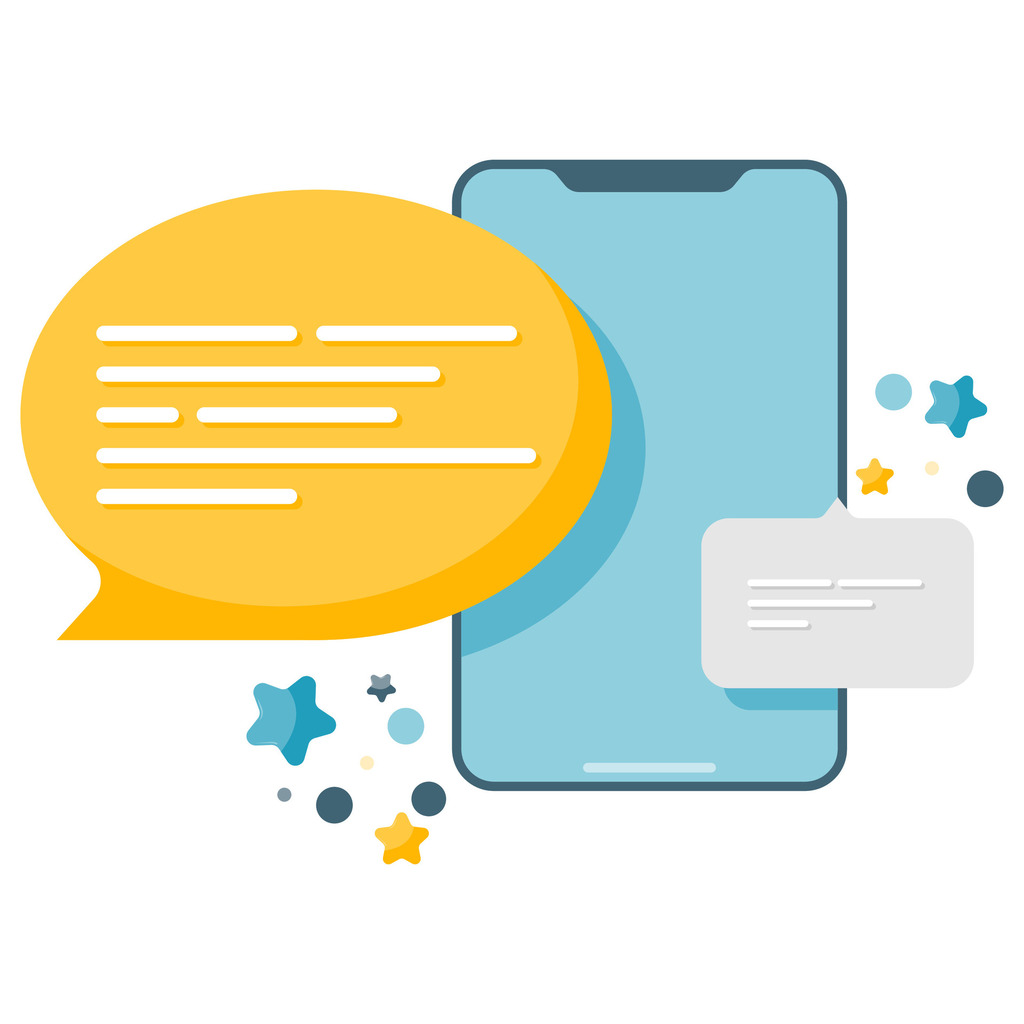
In an era of fleeting attention spans, every character in a text message must earn its place. With 73% of consumers preferring brief mobile interactions, concise content becomes critical for holding reader attention. The 160-character limit isn’t restrictive—it’s a catalyst for impactful communication.
Managing the 160-Character Limit
Trim excess words ruthlessly. Replace phrases like “limited-time offer” with “24hr deal.” Front-load key details: “Flash sale: 50% off ends midnight.” Action verbs like “claim” or “reserve” drive urgency better than passive statements.
“Messages under 100 characters see 17% higher engagement than longer texts,”
Personalization elevates brevity. “John, your cart misses these shoes – 20% off today” uses data to create relevance without clutter. Test variations to identify what resonates fastest with specific audiences.
Using Clear Calls-to-Action
Direct commands outperform suggestions. Compare “Visit our store” with “Tap to unlock $25 credit.” Place CTAs early—ideally within the first 40 characters—to capture scanners. Trackable short links (bit.ly/springsale) measure effectiveness while saving space.
- Verbs like “shop” or “grab” prompt immediate responses
- Time markers (“in 2 hours”) create urgency
- Exclusive offers (“VIP access”) boost perceived value
Balance promotional language with helpfulness. A pharmacy might text: “Rx ready – pickup by 7pm for free sanitizer.” This blends service with incentive, building trust while driving action.
Segmenting Your Audience Effectively
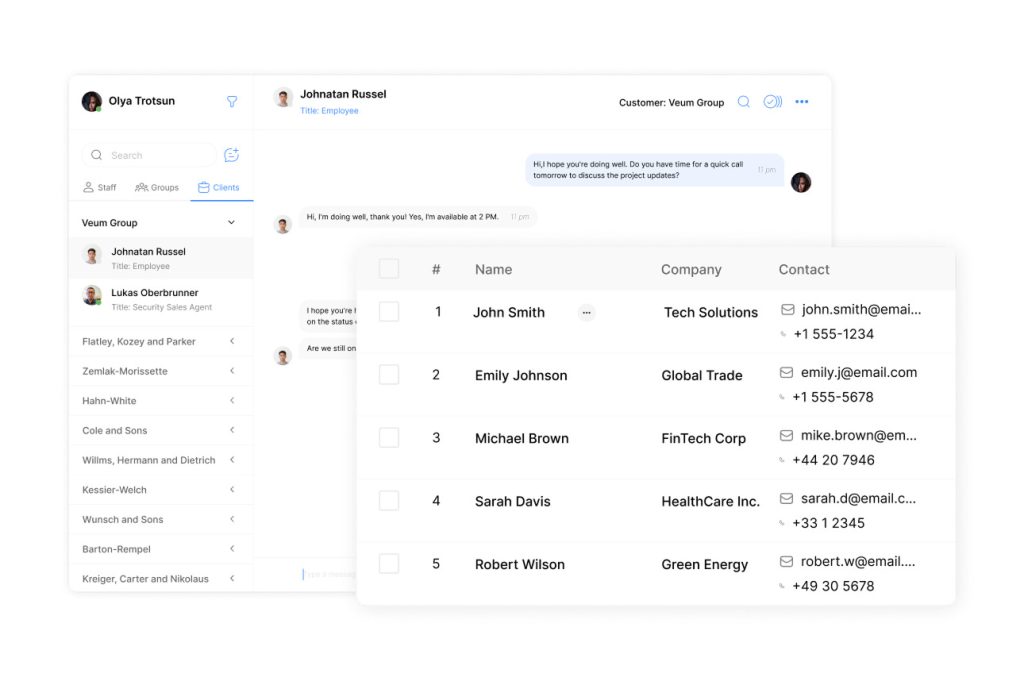
Precision drives modern customer engagement. Grouping contacts by shared traits transforms generic blasts into personalized conversations. This approach boosts message relevance while respecting recipient preferences.
Demographic and Behavioral Segmentation
Demographic data creates foundational customer profiles. Age ranges, geographic locations, and income brackets help tailor offers. A luxury retailer might send different texts to millennials in cities versus retirees in suburban areas.
| Segmentation Type | Data Points | Use Case |
|---|---|---|
| Demographic | Age, location, income | Regional promotions |
| Behavioral | Purchase history, browsing patterns | Cart abandonment alerts |
Behavioral insights reveal hidden opportunities. Tracking website visits or past purchases allows brands to suggest complementary products. A fitness studio could message members who attend yoga classes about new meditation workshops.
“Companies using layered segmentation see 42% higher click-through rates in messaging programs.”
Combining methods delivers maximum impact. Parents receiving back-to-school offers in August demonstrate demographic timing meets behavioral needs. Segmented lists prevent irrelevant messages, reducing opt-outs by 31% according to recent studies.
Advanced tools merge multiple data streams. Marketing teams craft messages matching each group’s stage in the sales funnel – from discovery offers to loyalty rewards. This precision cuts wasted effort while strengthening customer relationships.
Timing and Frequency Strategies
Mastering message timing transforms customer engagement from guesswork to science. Companies that align communications with natural behavior patterns see 62% higher response rates than those using random schedules. This precision prevents wasted outreach while respecting recipient availability.
Identifying Optimal Send Times
Peak engagement varies across industries. Retail brands achieve 41% higher click-through rates sending messages between 6-8 PM, when people check phones after work. Healthcare providers find 10 AM appointments reminders yield 33% fewer no-shows than afternoon alerts.
“Businesses analyzing time zone differences reduce opt-outs by 28% through localized delivery schedules.”
Automated tools track open rates by hour, revealing hidden patterns. A coffee chain discovered 7:45 AM coupon sends drove 19% more redemptions than 8 AM broadcasts. Testing different days – like weekend vs. weekday offers – sharpens timing accuracy.
Avoiding Message Fatigue
Consistent value beats constant contact. Customers tolerate 2-3 sms alerts weekly if each contains exclusive deals or helpful updates. Flooding phones with daily promotions increases unsubscribe risks by 47%.
- Space time-sensitive offers 72 hours apart
- Alternate promotional and informational content
- Track response dips as fatigue indicators
Urgency dictates frequency. Flash sales warrant immediate alerts, while loyalty updates thrive on biweekly schedules. Monitoring engagement metrics helps businesses adjust cadence before customers disengage.
Developing a Content Calendar for SMS Campaigns
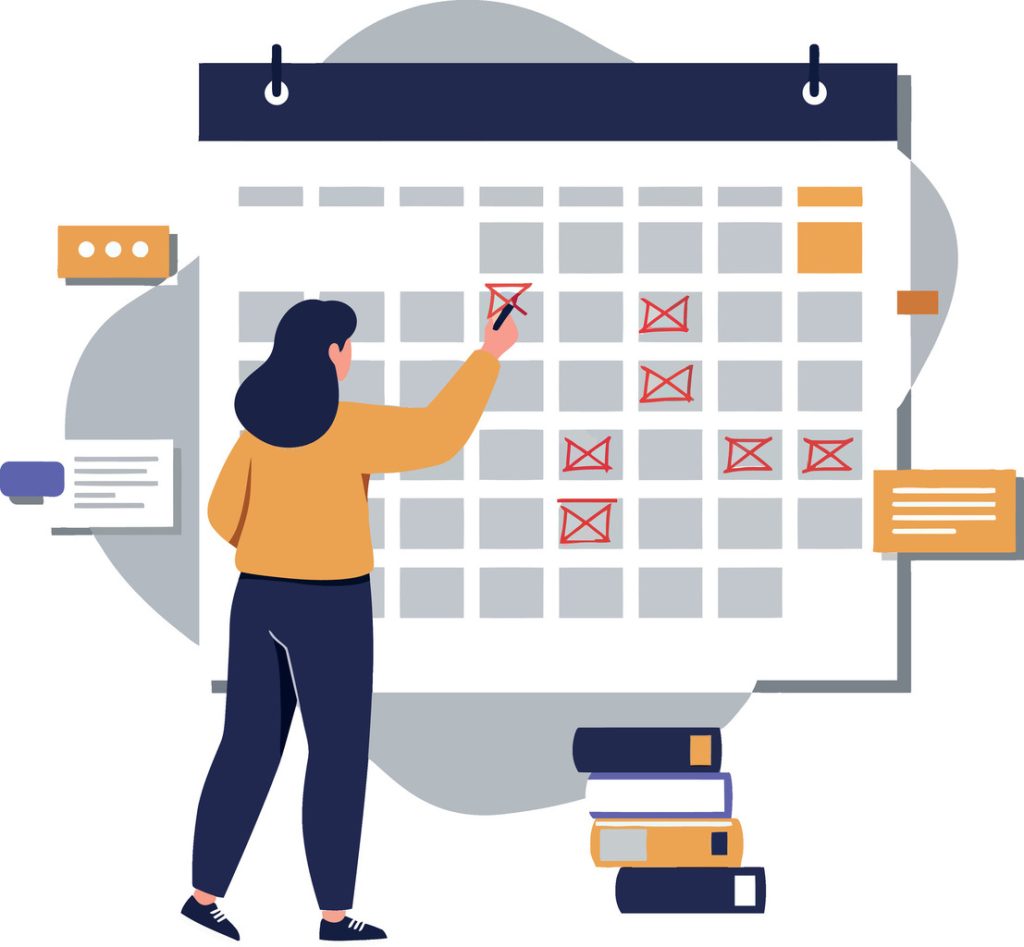
Organized communication separates impactful outreach from random noise. A structured content calendar acts as a roadmap for text-based engagement, aligning outreach with business goals while respecting audience capacity. This system ensures every message delivers value at the right time.
Planning Your Promotional Cycle
Effective calendars map quarterly objectives to specific campaigns. Retailers might schedule back-to-school offers in July and holiday previews by October. Aligning texts with inventory cycles prevents overselling popular items.
| Message Type | Ideal Timing | Key Objective |
|---|---|---|
| Holiday Sales | 3 days pre-event | Drive urgency |
| Product Launches | 1 week after email announcement | Boost conversions |
| Service Reminders | 48 hours pre-appointment | Reduce no-shows |
“Brands using calendar-based strategies see 29% higher retention than those sending ad-hoc messages.”
Balancing Message Frequency
Weekly limits prevent inbox overload. Most audiences tolerate 2-3 texts weekly if content varies – flash sales, loyalty updates, or event alerts. Monitoring unsubscribe rates helps identify tipping points.
Automation tools track response patterns, adjusting schedules dynamically. A coffee shop might reduce sends during slow seasons but increase frequency before new menu launches. This flexibility maintains relevance without overwhelming subscribers.
Integrating SMS with Email and Social Media
Unified communication systems redefine how brands connect with audiences across platforms. Combining text alerts with email and social efforts creates layered experiences that drive action. This approach meets customers where they’re most active while reinforcing key messages.
Building Multi-Channel Momentum
Strategic coordination amplifies outreach impact. A retail brand might send a text about a flash sale, followed by an email with product details. Social posts then showcase customer reviews, creating a persuasive feedback loop. Data shows brands using this method achieve 54% higher conversion rates than single-channel efforts.
“Companies blending SMS and email see 73% faster list growth compared to isolated campaigns.”
Website integration strengthens these connections. Chat widgets capture visitor numbers during browsing sessions, while pop-ups offer discounts for text sign-ups. This seamless flow turns casual visitors into engaged subscribers across channels.
Automated triggers ensure timely follow-ups. Abandoned cart texts paired with email reminders recover 28% more sales than emails alone. Social media retargeting ads then reinforce urgency for undecided buyers.
- Texts spark immediate engagement with time-sensitive offers
- Emails deliver in-depth content for considered purchases
- Social platforms build community through user-generated content
Shared analytics reveal customer preferences, allowing teams to refine their approach. A travel agency might discover texts drive last-minute bookings, while emails nurture long-term vacation planning. This intelligence optimizes resource allocation for maximum ROI.
Using Automated SMS Marketing Tools

Automation reshapes how companies connect through mobile messaging. Intelligent tools handle repetitive tasks while maintaining personalized interactions. This approach lets teams focus on strategy while ensuring consistent customer touchpoints.
Implementing Autoresponders
Autoresponders deliver instant replies when users take specific actions. A restaurant might confirm reservations via text within seconds. These messages build trust through reliability – 68% of customers expect immediate acknowledgment after submitting requests.
Common use cases include welcome sequences and order confirmations. Retailers automate shipping updates, reducing customer service inquiries by 41%. Well-designed flows keep audiences engaged without manual effort.
Trigger-Based Messaging
Event-triggered texts respond to user behavior in real time. Abandoned cart alerts sent within 30 minutes recover 23% more sales than generic reminders. Birthday offers or loyalty milestones also work well in this system.
Data integration makes these messages relevant. A fitness center could ping members after missed classes with rescheduling options. This precision turns routine interactions into relationship-building moments.
Automation forms an essential part of modern marketing stacks. When combined with human oversight, it creates scalable outreach that feels personal. Brands using these methods report 34% higher retention rates than those relying solely on manual processes.

